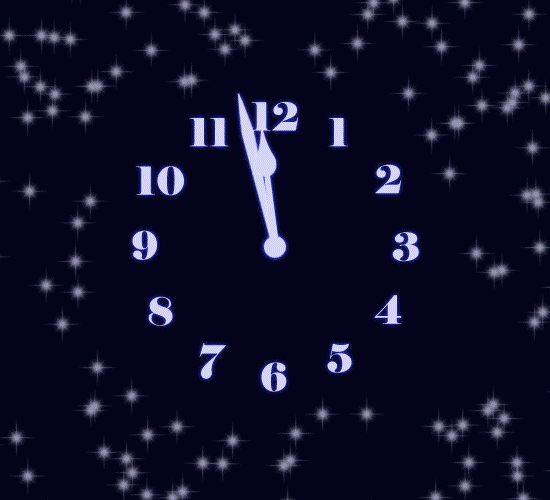
Tis the season to be jolly, and I have a milestone to announce to everyone!
And I also have an extra reason to celebrate as this is not only my last newspost of 2017 but also the 62nd newspost I’ve made! Hurray!

And since we’re on the subject of wrapping up things and moving on to the new stuff, I thought it would be a good opportunity to talk about cliffhangers, and especially how cliffhangers can be utilized for webcomics.
A cliffhanger happens when the story cuts off the moment something dramatic, unexpected, highly dangerous or highly emotionally charged occurs, leaving the audience anxious to see how it will be resolved. Usually it’s something that happens (or is done to) a character that the audience roots for one way or the other: a revelation, an injury, death, an unforeseen obstacle, and so on and so forth, that present themselves in a dramatic way.
A big cliffhanger always ups the ante, and compels the audience to want to keep reading. Cliffhangers are what usually make a book or a comic “impossible to put down” and in this case a webcomic “impossible to click away from”.
But there are also the smaller ones, that often even might not be called that, and which are essential to webcomics in particular:
Especially when it comes to webcomics, virtually every page needs to have some compelling element, a tiny cliffhanger of sorts, to keep the readers coming back for the next page, the next update. So there are the big cliffhangers- the bombshells that drop scarcely but are remembered as they affect the story since their occurrence- and the small ones- little scenes and interactions that aren’t fully wrapped up by the end of the page, so the reader will come to see how they finish in the next one.
These small cliffhangers take a lot of care and planning to occur. They can happen due to layout, dialogue or ‘directing’ (i.e. the cinematic arrangement of scenes, imagery and angles within a frame that makes them more compelling to follow for the audience).
For the smaller cliffhanger to work, every scene needs to be choreographed to have a peak (a climax) before its resolution, strategically occurring just before the page ends, preferably in the last frame of the page, while the scene’s resolution should occur on the next page’s top tiers.
Have you ever arranged your story this way in your webcomic? What elements do you utilize to create cliffhangers, big or small?
And lastly…
Happy New Year! See you in 2018!











El Cid at 11:37AM, Dec. 31, 2017
For a long time now, my creation process has been to treat every page like a self-contained scene. Try to introduce some key element, then something happens to change or effect that element, and then there's some kind of "payoff" or resolution (a "punchline," if you will) and the page ends suggesting there is something on the next page(s) that the reader should anticipate. I'm not successful at it 100 percent of the time, but usually I'm able to compose things that way, and when I fail, I tend to hold my nose as I post them, because I almost feel like I'm wasting the reader's time with useless "bridge" pages. I think it not only helps hold the reader's interest over the long wait for the next page, but it also makes a comic more compulsively readable when consumed all at once.
Ozoneocean at 11:34AM, Dec. 31, 2017
Happy 2018!
Avart at 6:19PM, Dec. 30, 2017
Good topic! I really like this cliffhanger stuff. I try to include it at the end of the chapter but now that you mention it, it's interesting to think about it on every page, mostly because the time between every published page.
bravo1102 at 4:27PM, Dec. 30, 2017
I've done it a lot. I have done a lot of edge of the seat kind of stuff. Sometimes I'll clip a page or stretch out a sequence to end on a cliffhanger. I watched all the old serials as a kid.
KimLuster at 2:56PM, Dec. 30, 2017
Very insightful!! I once thought having a pseudo-cliffhanger at every page would tire out the reader, but with a webcomic, and the long delays, between each page, I now disagree!!
dylandrawsdraws at 12:48PM, Dec. 30, 2017
I think page to page, and comic to comic, should always leave the reader wanting more... or at least wondering what's going to happen next
Ozoneocean at 8:00AM, Dec. 30, 2017
I do it sometimes...Pinky's fight with Ace in the Trompers had a lot of cliffhanging moments. Those were action based rather than based on the dialogue... If done too much these can be fatiguing though, especially when they're about things that should be clif-hung :D
usedbooks at 6:11AM, Dec. 30, 2017
I used to fit whatever plot I could into a page, like I was writing prose. I am a little better at composing pages now. I also have a tendency to include an A plot and a B plot into most arcs (or follow separate characters and story parts). It works nicely to leave a heated scene cut to follow another for a bit.